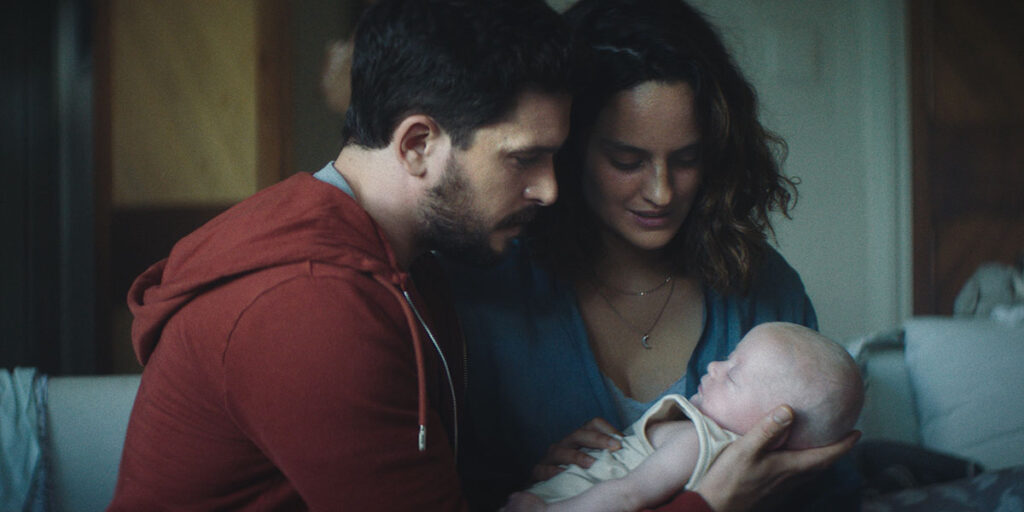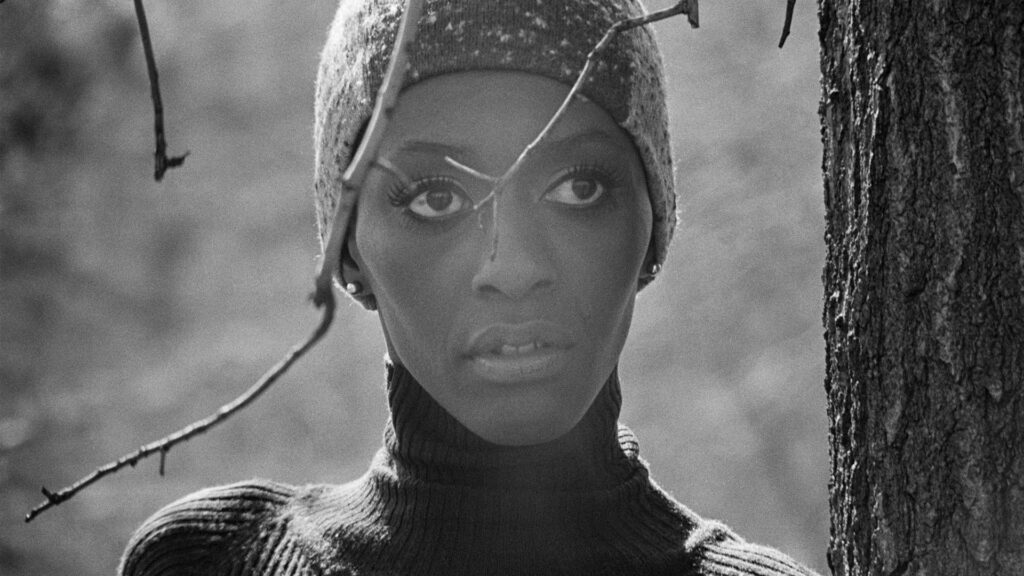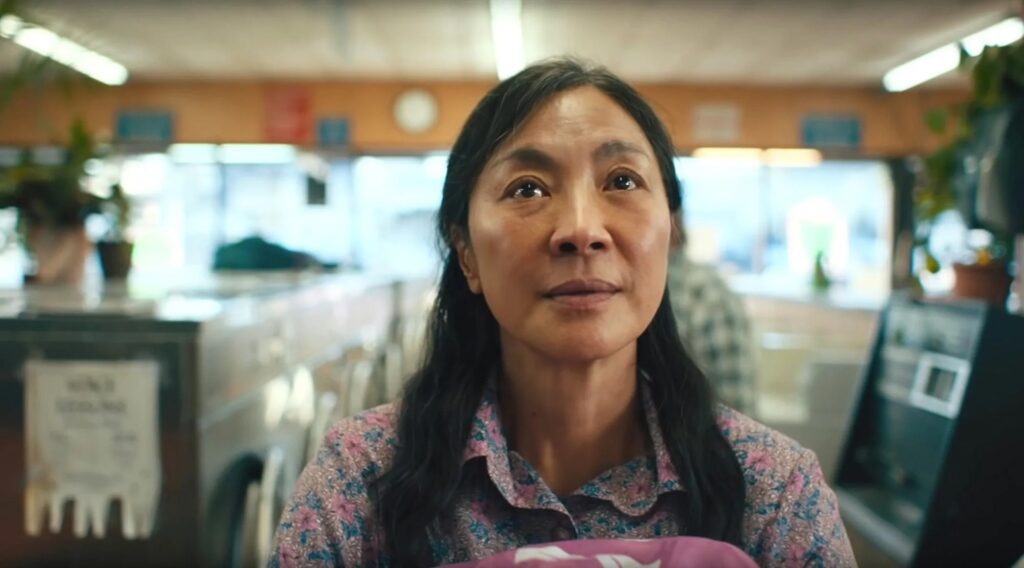Self-taught, Chloé Leriche has written, directed, edited and produced a number of short films since 2001, working with fiction and video art. Her work has been screened on TV, in museums and at numerous festivals. From 2006 to 2013, she periodically worked in native communities through the Wapikoni mobile, a caravan equipped with cameras and editing suites. While encouraging native people to express themselves through documentary film and music videos, she started writing her first feature, “Before the Streets,” with the will to involve the Atikamekw communities in the filmmaking process. (Press materials)
“Before the Streets” premiered at the 2016 Berlin International Film Festival on February 18.
W&H: Please give us your description of the film playing.
CL: Shawnouk, a native teenager, kills a man during a robbery and flees into the forest. Deciding to return to his Atikamekw village in Québec, Canada, he tries to redeem himself using traditional cleansing rituals.
W&H: What drew you to this story?
CL: The day I stepped into a native community I knew I wanted to make a film dedicated to their young people. I was working at Obedjiwan, an Atikamekw community in Northern Mauricie, Québec and met a young man in the street. I suggested he make a documentary on whatever subject he wanted. Speaking to the camera, Paul-Emile Awashish talked about friends and relatives of his who had taken their own lives. The longer we shot, the longer the list of names grew. It was harrowing. “Before the Streets” forced itself on me; I felt compelled to make it. It became a necessity.
W&H: What was the biggest challenge in making the film?
CL: As a director, I had the responsibility to be authentic to the Atikamekw culture, but also to myself as an artist. I sometimes felt I wasn’t free with my subject because of what we hear about native people in the media. I didn’t want to reinforce prejudice, but neither did I want to I embellish things. It is the first dramatic feature film in Atikamekw and because they do not have a cinematography of their own yet, I had to think of the way to bring my ideas to life [while respecting] who they are.
W&H: What do you want people to think about when they are leaving the theater?
CL: We sometimes struggle in this life, but it’s a beautiful life and we have to find our way to discover that beauty. Going back to your roots — whether that’s through family or culture — is a way to do that.
W&H: What advice do you have for other female directors?
CL: Believe in yourself, but [have] doubt about everything! Doubt is good. It helps you go further.
W&H: What’s the biggest misconception about you and your work?
CL: There was one Canadian critic who felt I didn’t have enough footage for the film. But I have more interest in new ways of telling stories than trying to get super cinematic shots. I don’t want to shoot like others. There’s no such thing as a perfect shot to me.
I like it when accidents happen. I try not to shoot the most beautiful picture; I like to shoot the picture that’s true to the moment and sometimes it means having a non-perfect movement of camera, or someone looking into the camera. I think it add textures, feelings. I edit the same way.
W&H: How did you get your film funded? Share some insights into how you got the film made.
CL: I worked very hard on the Canadian funding applications on a regional and national level. I really focused on the development process, so people understand where I come from and where I’m going. I used every application to be very honest about my work and what I’d like to do — not just to pitch or sell the film.
Because of my background in video art and experiment films, I started with funding applications for the various arts councils. In 2012 I had almost all of the funding in place, but I had to wait two years (in a program were we can submit only once a year), to get the rest of the funding. Instead of editing my ideas, I decided to wait and try again.
W&H: Name your favorite woman-directed film and why.
Andrea Arnold [is my favorite female director]. To me, she is like a child of social realism. She really inspired me. I like how she uses mix of delicateness and roughness. I loved “Fish Tank” and “Red Road.”
I first discovered her work before she was in Cannes with her short film “Wasp.” At the time I was a short film programmer, and I remember I had the impression I founded an amazing upcoming artist. That was way before she won Cannes with “Fish Tank.”
I also really love Miranda July’s “Me and You and Everyone We Know.” She uses a similar approach with video art and performance art, which is very close to my own background — very art-driven.







